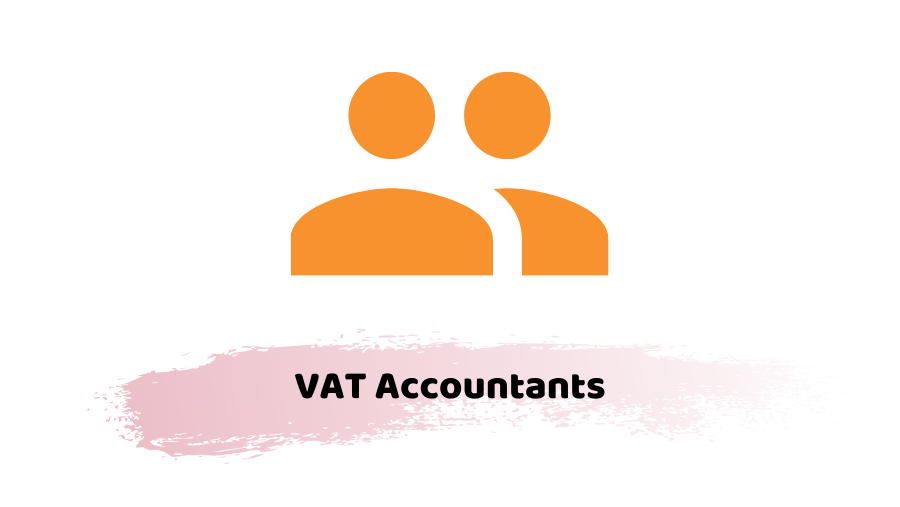Do you know? What is a VAT margin Scheme? A VAT margin scheme is an optional scheme which can be opted by anyone selling the following
- Second-hand goods, Works of art, Antiques, Collectors’ items
Why do you need a VAT margin scheme?
If you are selling the goods mentioned above, you may have to pay VAT on the full selling price if you are not using the VAT margin scheme. As you can not recover the VAT paid when you purchased them, paying VAT on the full price will not be beneficial at all.
You cannot use a VAT margin scheme for the goods on which you paid VAT when you purchased them. Also, you cannot use the scheme for precious metals, investment gold, and precious stones.
How does it work?
If you are selling the goods mentioned above, you can calculate the difference in your buying and selling price of the goods and take the VAT on the difference instead of taking the VAT on the full selling price.
What is the VAT rate for the margin scheme?
The VAT rate used depends on the VAT rate in force at the time. For a 20% standard VAT rate the fraction is 1/6. So, this fraction or the rate of 16.67% is used to calculate the amount of VAT due to HMRC under the VAT margin scheme.
What you need to do when you want to use the VAT margin scheme
If you are VAT registered, you can start using the VAT margin scheme straight away and you do not need to register for the scheme. You must keep the records of these transactions and report them correctly to HMRC on your VAT returns.
Illustration
You buy some second-hand goods worth £2500 and sold them for £5000. You will pay £416.67 to HMRC. Which is 16.67% VAT on the difference £2500.
Conditions for using VAT Margin Scheme
You cannot use a VAT margin scheme if you do not meet all the conditions of the scheme.
The goods should be eligible for the scheme.
The goods have been purchased under eligible circumstances which means they were bought with the intention to resale and no VAT was charged at the time of buying.
The margin must be calculated according to the requirements of the scheme. The margin under the scheme could be different than the net profit margin as calculated differently.
The business which is using the VAT margin scheme must meet the records keeping requirements of the scheme. Special rules apply to the invoice under the scheme.
Eligible goods purchased in eligible circumstances
Eligible goods are the second-hand goods, works of arts, antiques and collectors’ items. Under the general rule for a business to sell these under a margin scheme it is necessary that no VAT was charged to the business when it purchased these goods. If the VAT is showing on the purchase invoice the related transaction will no longer be eligible for the scheme even if the business has not claimed the VAT.
The only exception to this rule is when you are using one of the margin schemes for imported works of arts, antiques, and collectors.
If you are also selling goods at normal VAT rules you can still use the margin scheme but only for the eligible goods. The remaining sales will be treated as normal.
If you have incurred costs on the overheads to finish the product, to repair it, or to make it from the raw material which qualifies as eligible goods for the scheme. You can reclaim the VAT on overheads, but you cannot include these costs in your initial cost which you use to calculate the margin.
Keeping records when you are buying and selling goods under the VAT margin scheme
HMRC expects you to keep the following when you are using the scheme. A stock book that will have all the records of purchases and sales made under the scheme. Copies of sales and purchase invoices for every single transaction made in this setup.
Stock book
For purchases, certain information like stock serial number, date of purchase, purchase invoice number, details of the product, and the seller must be recorded in the stock book. Similarly, for the sales of such goods the date of sales, sales invoice number, selling price, Name of the buyer, margin calculation, and the VAT due at 16.67% must be recorded in stock book.
Purchase and sales invoices
The purchase and sales invoices issued for the goods sold under the scheme are not the same as issued for normal goods. Extra information is required for the strict compliance of the requirements of the scheme.
Sales invoice
A sales Invoice issued under a margin scheme must have the following information on it.
The date of the sale.
Name, address, and VAT registration number of the seller.
Name and address of the buyer.
The product’s unique number
The serial number of the invoice
Details/description of the product
Details of the margin scheme such as margin scheme – second-hand goods
The total price of the product such that VAT should not be shown separately
Purchase invoice
When you are buying something which you will later sell under a margin scheme you must obtain an invoice from the seller of goods which should have the following information.
The date you buy the goods
Name and address of the seller.
Product’s unique number if it was purchased from another VAT registered business.
The sequence number of the invoice
Description or details of the product
The total price of the product. Make sure you do not add the costs of any other overheads you bought later.
If the items were purchased from another VAT registered business the invoice should state the name of the scheme such as margin scheme – collector’s items.





















































